If you talk to any female who has ever experienced pregnancy they will most likely agree that it can be quite uncomfortable at times. The body has to go through a number of changes to make room for your growing bundle of joy! Back pain, leg pain, foot pain, fatigue, and the list can go on and on. Yes, you have a new silhouette— but what else is going on that can cause these symptoms?
What’s going on?
Hormonal changes throughout your body can create ligamentous laxity, meaning your joints can become somewhat unstable for the time being. This laxity can lead to back, pubic pain, or even temporomandibular joint (TMJ) dysfunction due to the possible slipping of the joint surfaces. Also, your blood volume can increase by about fifty percent during pregnancy! This increased fluid throughout your tissues can lead to, not only swollen feet or hands, but that fluid can push on nerves and give you symptoms of carpal tunnel syndrome or sciatica, for example, due to the irritation. Along with these symptoms, your growing baby bump creates a change in your center of gravity which can have an effect on your posture. This increased weight in front of your body can put stress on your low back as it wants to arch more.
Helpful Hints/What to do:
It is great to keep up your normal exercise routine as long as your doctor approves. It is not advisable to increase your exercise intensity because it can lead to decreased blood flow to your uterus. A general rule of thumb to gauge your exercise intensity is that you should be able to talk throughout your routine. If at any time you are having difficulty with talking while exercising you should take a rest break. When speaking about your increased ligamentous laxity, it is important to keep up your strength. Kegel exercises and abdominal strengthening are specifically important to improve your core stability. Strengthening your core is also a great way to enhance your posture during this time.
- Try this: Sit on an exercise ball and hold onto a supportive surface as needed. Use your lower abdominals to tuck your tailbone and flatten out your lower back. Hold this position for 5-10 seconds, relax, and then repeat 10 times. If you do not have an exercise ball, you can do this exercise on your hands and knees instead.
- Try this: While standing, think about decreasing the arch in your lower back by pulling your belly button in toward your spine. With this lower abdominal activation, you should still be able to breathe easy and you should notice your pelvis rotated backward (as if tucking your tailbone). Some women also find it relieving to use a pelvic support brace or kinesiotape for added support; both of which your Apex Network Physical Therapist can assist with.
Another idea is to keep your muscles flexible in attempt to avoid nerve irritation. Keeping the gluteals and forearms limber may help with nerve pain. Nerve gliding is an idea to implement into a physical therapy program to assist in keeping the nerve traversing through your soft tissue without any areas of adhesions. Along with nerve gliding, you can try some simple stretching.
- Try this forearm stretch: Put your palms together as if you were praying with your elbows out to the side. Push the heels of your hands down, keeping palms touching, until you feel a stretch in your forearms. Hold this position for 10-15 seconds and repeat 5 times. This can help keep the tendons gliding through the carpal tunnel.
- Try this lower extremity stretch: Get on your hands and knees and bring the affected leg’s knee toward the opposite shoulder. Sit back toward your heels until you feel a stretch in your buttock. Hold this position for 10-15 seconds and repeat 5 times. This can help the buttock muscles stay flexible and avoid any sciatic nerve irritation.
Things to remember while exercising:
- Check with your doctor before beginning any exercise routine.
- Do not hold your breath.
- Make sure you can talk!
- Pace yourself- you’re carrying more weight than you are used to.
- Avoid lying on your back after 20 weeks gestation.
- Drink lots of water!
If you still have questions:
Consult your OB/GYN before beginning any new exercise plan. He or she can refer you to an Apex Network Physical Therapy location nearest to you for added benefits and additional education about keeping unwanted (musculoskeletal) symptoms at a minimum!
*You should always consult with your doctor for restrictions to exercise and before beginning any new exercise program.

